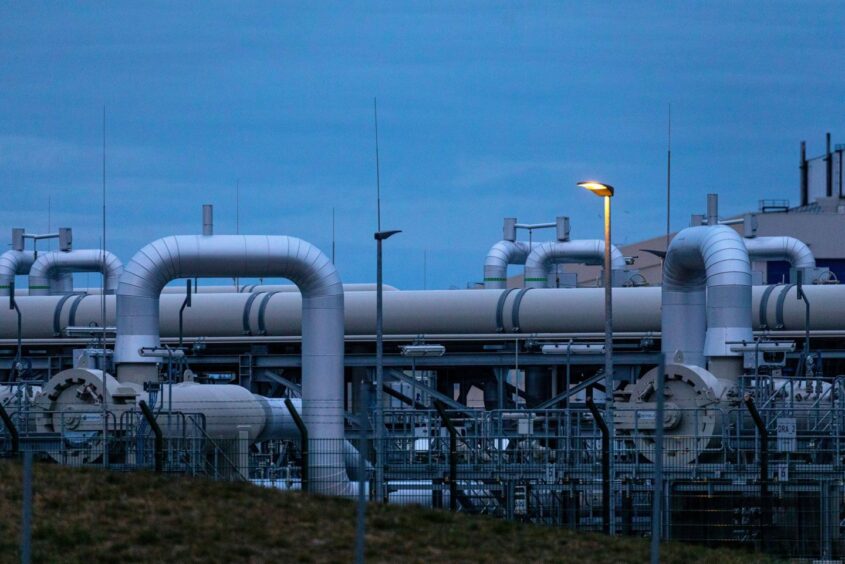
A new leak has been discovered on the Nord Stream 1 and 2 gas pipelines in the Baltic Sea, bringing the total number of ruptures to four, according to the Swedish Coast Guard’s Command Center.
Gas has been bubbling up from the pipelines since earlier this week, with Denmark estimating that the links would empty by Sunday. Several governments have called the actions “deliberate” and “sabotage,” with Finland on Wednesday noting that only a state actor could be capable of acts on such a scale.
The incident has prompted increased security on energy infrastructure across Europe, with some, such as Poland, pointing the finger at Russia, which is waging war in Ukraine and has curbed gas flows to Europe. Norway is now Europe’s biggest gas exporter and its largest energy companies said Wednesday that they are boosting security around their offshore assets.
The Nord Stream pipelines traverse the Baltic Sea to Germany from Russia, running on the seabed in international waters. Two leaks are in Sweden’s exclusive economic zone, and two in Denmark’s economic zone, Swedish newswire TT reported. The two bubbling areas above the leaks in Sweden’s economic zone measure as much as 900 meters (2,950 feet) in diameter and about 180 meters, respectively, according to the Coast Guard, the newswire said.
The pipelines were already out of action, but any hope that the Kremlin might have turned the taps back on at some point have now been dashed. Police in Denmark and Sweden are investigating the events.
Russia has been squeezing energy supplies to Europe for months, engaging in a cat-and-mouse game as it tries to exert maximum pressure on Ukraine’s allies. Europe has responded by filling up gas stores and trying to source alternative supplies.
For now, it looks like those efforts will be enough to get Europe through this winter, though questions remain over the following one. The bloc got about 40% of its pipeline gas from Russia before the war, a figure that now stands at about 9%.